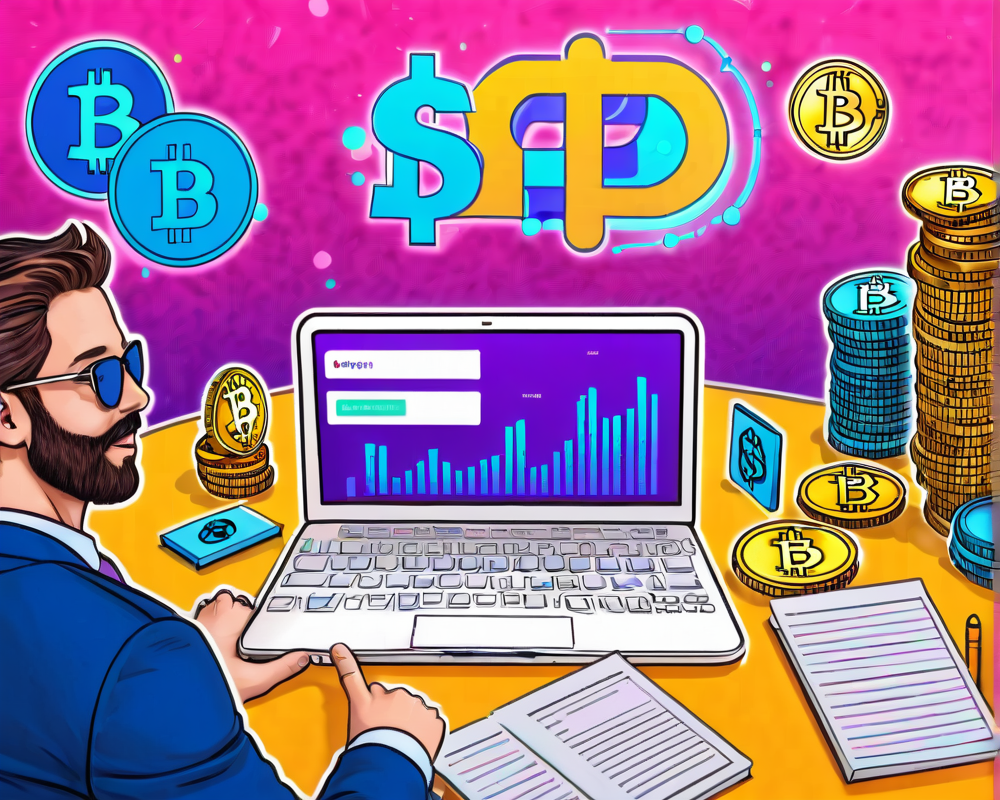The Ripple Effect of Banking Failures
The collapse of Silicon Valley Bank is sending shockwaves through the crypto world. Circle CEO Jeremy Allaire took to Twitter recently to sound the alarm. He highlighted the gnawing fear gripping market players about the stability of the U.S. financial system. With deep market anxiety simmering, many crypto firms regulated in the U.S. are feeling the heat more so than their overseas counterparts.
Ironically Unsafe: The Regulatory Dilemma
There’s a strange irony here: firms like Circle, which have embraced U.S. regulation and maintained ties with U.S. banks, are now viewed as “unsafe.” Allaire pointed out that assets could be stranded if the market continues on this unpredictable path. With panic in the air, what does this mean for institutions that play by the rules?
Too Big to Regulate? The Move to the Gray Area
As the contagion from SVB spreads, it’s pushing some market participants into murky waters. According to Allaire, the ongoing crisis might lure investors toward platforms that operate without regulatory oversight. “This doesn’t end well,” he warns, leading us to question what future safeguards exist when platforms prioritize opacity over transparency.
The Call for a Comprehensive Policy
Allaire’s urgent plea to policymakers in Washington is crystal clear: the U.S. urgently needs a solid, coherent, and pragmatic cryptocurrency policy. The stakes are high; without it, the U.S. risks losing its grip on a thriving technological arena.
The USDC Stability Amidst Chaos
Despite the turbulence, Allaire reassured that USDC has remained steady. The stablecoin saw a momentary blip in its 1:1 peg to the dollar due to the banking troubles, but thanks to new partnerships, it’s back to business. Circle is committed to maintaining a regulatory perimeter and has made moves to strengthen its banking ties, including teaming up with Cross River and BNY Mellon.
Comparing Apples and Oranges: USDC vs USDT
What’s fascinating is the contrasting responses between U.S.-regulated firms and their more adventurous counterparts. Tether, for example, declared it had no exposure to SVB and other distressed banks, leaving many in the crypto community scratching their heads. Allaire’s commentary echoes the confusion—why are the “safest” players experiencing turbulence while others sail along unscathed?




